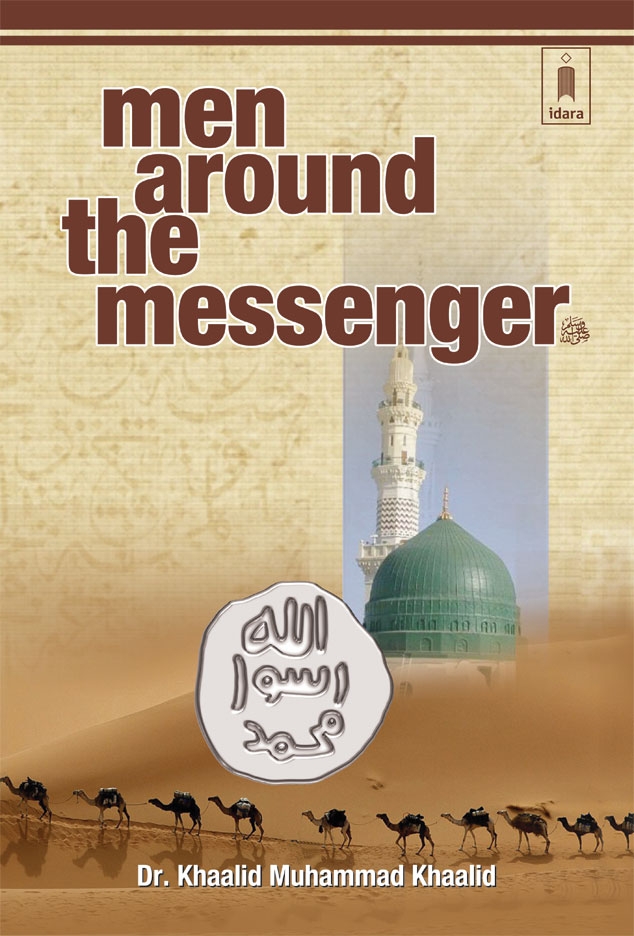Eid al-Fitr: A Celebration Steeped in Tradition - Insights from Sahih Bukhari and Beyond

Eid al-Fitr, the joyous “Festival of Breaking the Fast,” marks the culmination of Ramadan, a month dedicated to introspection, prayer, and fasting. Muslims worldwide celebrate Eid with a vibrant blend of religious observances, joyous gatherings, and acts of charity. Sahih Bukhari, a cornerstone of Islamic scholarship, offers valuable insights into the traditions associated with Eid, enriching our understanding of this cherished occasion.
Preparing for Joy: Zakat al-Fitr and Early Practices
Sahih Bukhari emphasizes the importance of Zakat al-Fitr, a mandatory charity distributed to the poor before the Eid prayer (Sahih Bukhari: Book 2, Hadith 25). This act of generosity purifies the fasting person and ensures everyone can participate in the festivities. Anas bin Malik narrates that the Prophet (ﷺ) would break his fast on Eid al-Fitr with dates before offering the prayer (Sahih Bukhari: Volume 1, Book 6, Hadith 301). This practice exemplifies moderation and avoiding overindulgence during the celebrations.
The Day of Eid: Prayer, Takbir, and Community
While Sahih Bukhari doesn’t explicitly detail the Eid prayer itself, it establishes the Prophet’s (ﷺ) practice of offering a unique two-rak’ah prayer outside the city (Sahih Bukhari: Volume 1, Book 8, Hadith 668). This tradition continues to be observed by Muslims worldwide, emphasizing the communal nature of the celebration.
The joyous spirit of Eid is further amplified by the recitation of Takbir (saying “Allahu Akbar”). Sahih Bukhari mentions companions like Ibn Umar and Abu Hurairah reciting Takbir throughout the marketplaces during the ten days of Eid (Sahih Bukhari: Volume 1, Book 9, Hadith 714). This joyous proclamation echoes through Muslim communities, creating a vibrant atmosphere.
Beyond Sahih Bukhari: Embracing the Spirit of Eid
Other hadiths shed further light on the traditions associated with Eid. Narrations from Sunan Abu Dawud (Hadith 1166) depict the Prophet (ﷺ) encouraging the wearing of one’s best attire, exchanging greetings with the phrase “Eid Mubarak,” and visiting family and friends. These practices emphasize strengthening social bonds and expressing gratitude to Allah (SWT) for the blessings of Ramadan.
A Celebration of Renewal and Sharing
Eid al-Fitr transcends mere festivities. It’s a culmination of spiritual growth achieved through the rigors of Ramadan. Sahih Bukhari and other hadiths provide a roadmap for celebrating Eid with piety and moderation. The emphasis remains on giving thanks for the blessings of Ramadan, sharing joy with loved ones, and fostering a spirit of generosity within the community.
Modern Day Practices
Today, Eid celebrations often involve elaborate decorations, special delicacies, and family gatherings. While these customs enrich the festive atmosphere, it’s crucial to remember the core principles outlined in Sahih Bukhari and other authentic sources. Maintaining a focus on prayer, charity, and strengthening social bonds ensures that the true spirit of Eid remains at the heart of the celebrations.
In conclusion, Eid al-Fitr represents a joyous culmination of the transformative journey undertaken during Ramadan. By drawing upon the wisdom of Sahih Bukhari and other Islamic texts, Muslims can celebrate Eid with a renewed sense of faith, compassion, and togetherness.
- Industry
- Art
- Causes
- Crafts
- Dance
- Drinks
- Film
- Fitness
- Food
- Jocuri
- Gardening
- Health
- Home
- Literature
- Music
- Networking
- Alte
- Party
- Religion
- Shopping
- Sports
- Theater
- Wellness
- News


